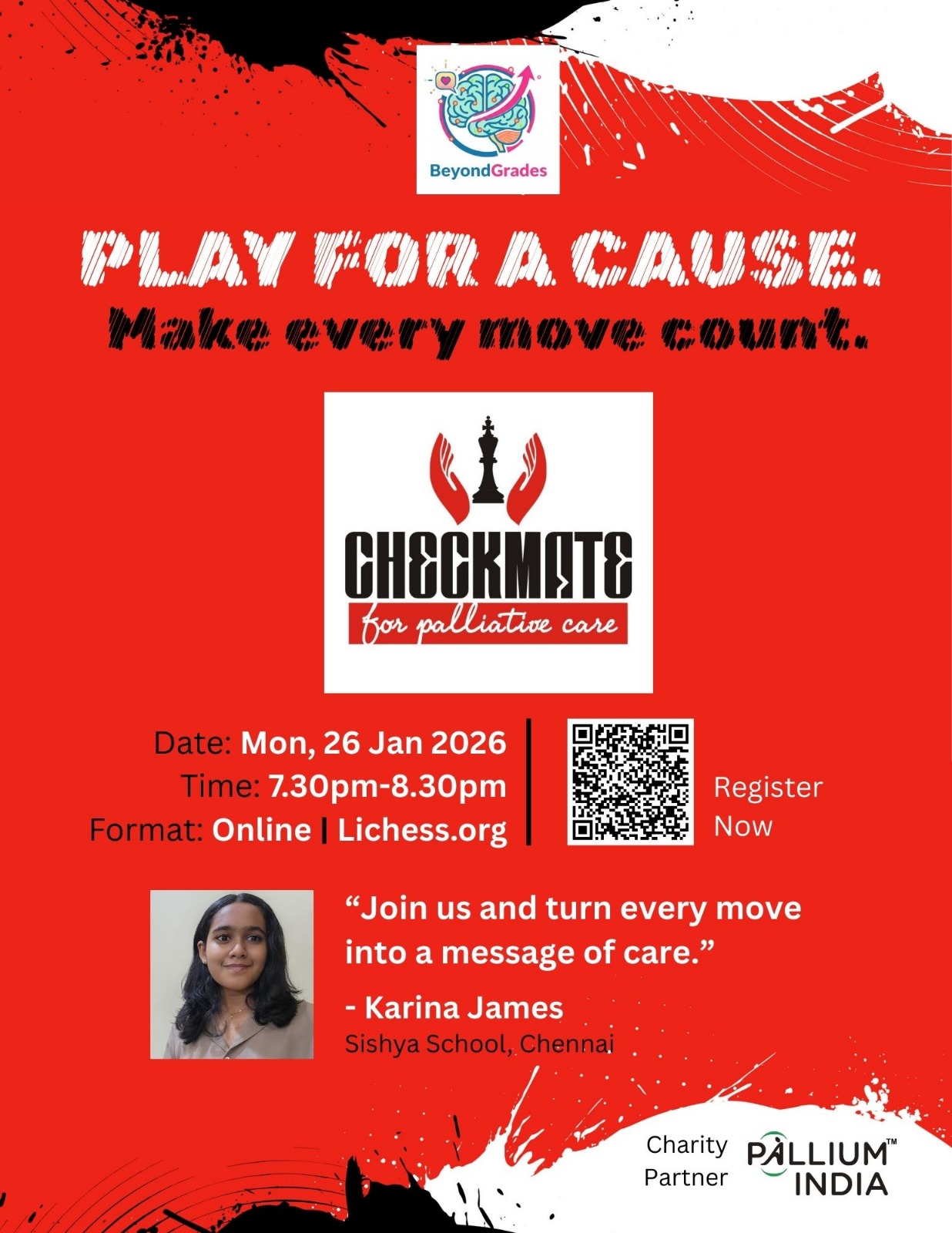LIFE Before Death #21: Pediatric Palliative Care
 Short Film 21 of 50 in the LIFE Before Death documentary series about the global crisis in untreated pain and the dramatic life changing affect palliative care services can deliver to patients and their families around the world.
Short Film 21 of 50 in the LIFE Before Death documentary series about the global crisis in untreated pain and the dramatic life changing affect palliative care services can deliver to patients and their families around the world.
In “Pediatric Palliative Care” we discover that the barriers to pediatric palliative care are very complex and pain in children is often under treated. We learn that providing good care is crucial to the quality of life for the child but that support needs to extend to the whole family.
“I think that in the pediatric population pain is more frequently under recognized and under treated than it is in the adult population, though the medications are available, sometimes the training for physicians is a little bit inadequate and physician’s feel unsure in their ability and concerned about the medications,” reflects Dr Kim Bower (USA).
“You know I always say, if you think doctors are frightened about giving morphine to an adult, put a child or a baby in front of them and ask them for morphine and they go tearing out the door because you just don’t do that,” states Professor Joan Marston (South Africa). “Children can’t raise their voices, they can’t tell you how they’re feeling, they can’t tell you how much pain they’ve got.”
Professor Marston recounts the story of a young girl being denied morphine by a pharmacist who felt she must be an addict until he actually went to the girl’s bedside to see for himself, only to realize how wrong he was.
In Uganda we meet a Wasswa, a child being treated by Dr Henry Ddungu (Uganda) with oral morphine to treat his cancer pain. “We now believe and we know it that a child can have as much pain as an adult,” explains Dr Ddungu. “And so they are given treatment accordingly. When we start them on morphine, we give it to them until the pain is controlled, we don’t have a ceiling dose that; ‘Oh my god a child can not get more than this’. We give it to them according to how much they need to control their pain with minimum side effects.”
Dr Bower goes on to explain the importance of community involvement in a child’s palliative care – especially when it comes to the parents and siblings – but also the family’s church or spiritual community as well as the school the children attend. Dr Bower explains that for kids, their desires and what they look forward to and want to do may be different to that of adults in that children want to enjoy time with their family and do normal and fun things like go to amusement parks. “It’s important that families are supported to make this possible.”
We meet Jessica, Hendra and Esther (Indonesia), a family who have relocated Singapore to access care for Jessica. Jareal Bantilan their hospice physiotherapist tells us that the family hopes to take Jessica home to Indonesia but to do so she needs to be able to sit up on the plane, at that time she was admitted she was largely bedridden. Bantilan explains; “At first I tried to limit the exercise because I was worried Jessica might not be able to handle too much. But she was very motivated and wanted to do more, they now have hopes she may even be able to walk.”
“I think I can now tell them that we have a new family in Singapore,” reflects Hendra. “We came to Singapore a little family but I have met so many people here who care about us, in this place where we are so far from home, we make our home here also, that’s joyful for us!”
Featuring Dr Kim Bower (USA), Professor Joan Marston (South Africa), Dr Henry Ddungu (Uganda), Jareal Bantilan (Singapore), Jessica, Hendra & Esther (Indonesia).
–
If you’ve missed previous episodes, catch up on the LIFE Before Death website…






Pediatric nurse for the Visiting Nurse Service of New York, Sandra McTernan wrote a heartbreaking piece about a baby with a rare disease. And while we often don’t want to think about babies and death in the same sentence, she writes: “Palliative care in the home is not for every family but for this family it made it possible to spend the precious little time they had with their baby in a comfort of home.”
http://blogs.vnsny.org/2011/07/19/infants-and-palliative-care/